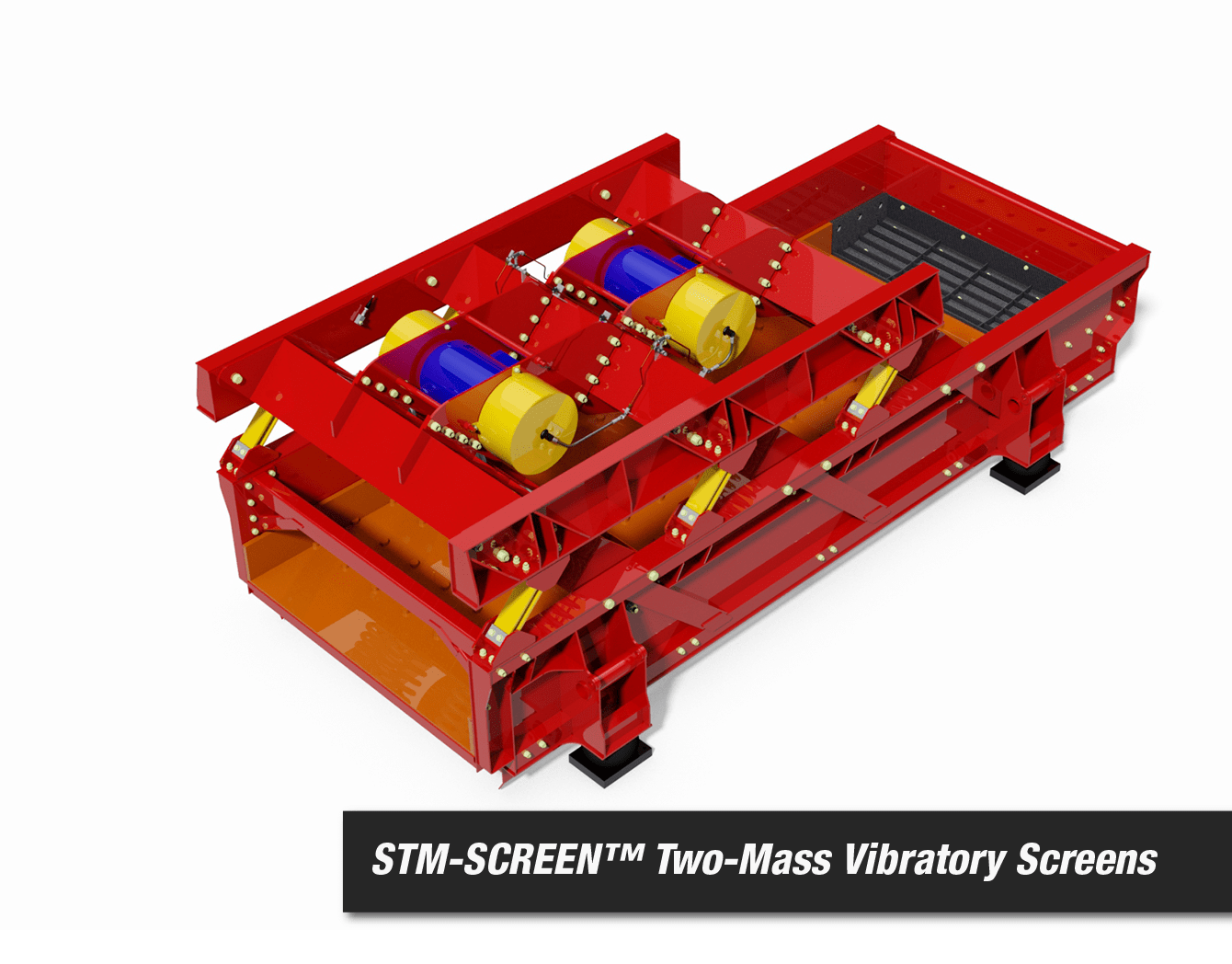Challenge
In limestone processing which makes quicklime, a substance used in cleaning solutions, paper mills, and the food industry among other applications, limestone is mined from calcium carbonate deposits. Once the soon-to-be quicklime limestone has been extracted from the ground it is sorted by a preliminary screen to be a maximum size of 6”. After this process, the limestone is sorted once more to reach a size of ¾” or less for the rotary kiln to produce the desired material. This is where the issue arose: the screen that had been used to classify this material was needing maintenance on a daily basis. The company was looking to increase production from 350 tons per hour to 600 tons per hour and relieve the monetary pain caused by the recurring maintenance.
Approach
The world-class producer had heard of the dependability of General Kinematics equipment and asked for a solution that would resolve their maintenance issues while increasing their production. The engineers at GK knew that an STM-SCREEN™ Two-Mass Vibratory Screen would be the right solution for their process and custom design commenced on a screen that would handle more material with minimal maintenance.
Solution
A dual deck STM-SCREEN™ was installed. With an upper deck design of a jam-proof Grizzly, this specific type of deck is made from abrasion resistant plate and spreads the material evenly separating the oversized material from the material ready to go in the kiln. The deck below receive the falling material and further classified the limestone using a ¾” punch plate ensuring only the correctly sized material will be fed to the kiln.
Result
The STM-SCREEN™ Vibratory Screen has been in place for 5 years with minimal maintenance and the option to run at increased capacities. The company has been so impressed with the dependability of GK equipment that they have purchased a second STM-SCREEN™ which will be installed later on this year. Because of the reliability the screen provides, the producer is now investing in redesigning their entire line to utilize a GK screen at a cost of over three times that as the screen itself.







